You definitely have heard that Japanese people often say “sumimasen.” Probably you know it means “sorry.” This is true, but actually, it also has another two definitions, like “excuse me“ and “thank you.” Where should you use it? You can use it at the workplace, shopping, restaurants or with strangers. This useful phrase would be an elixir for you at various occasions in Japan if you get the hang of learning it. On the flip side, it’s really hard to learn how to use properly for foreign people. Today I can show you the tips as much as possible. One more thing, just to let you guys know, I’m not a linguist, so just have fun. Let’s get started!
First of all, there are variations of “sumimasen” out there below.
< polite >
↑
“moushiwake arimasen”
“sumimasen” /“suimasen” *I think “sumimasen” is formal for me.
“sun masen”
“sa sen” *it might be local dialect.
↓
< casual >
It seems to a bit complicated, but these have roughly same meaning.
My 10 Tips to Use “Sumimasen “
1. Crowded places
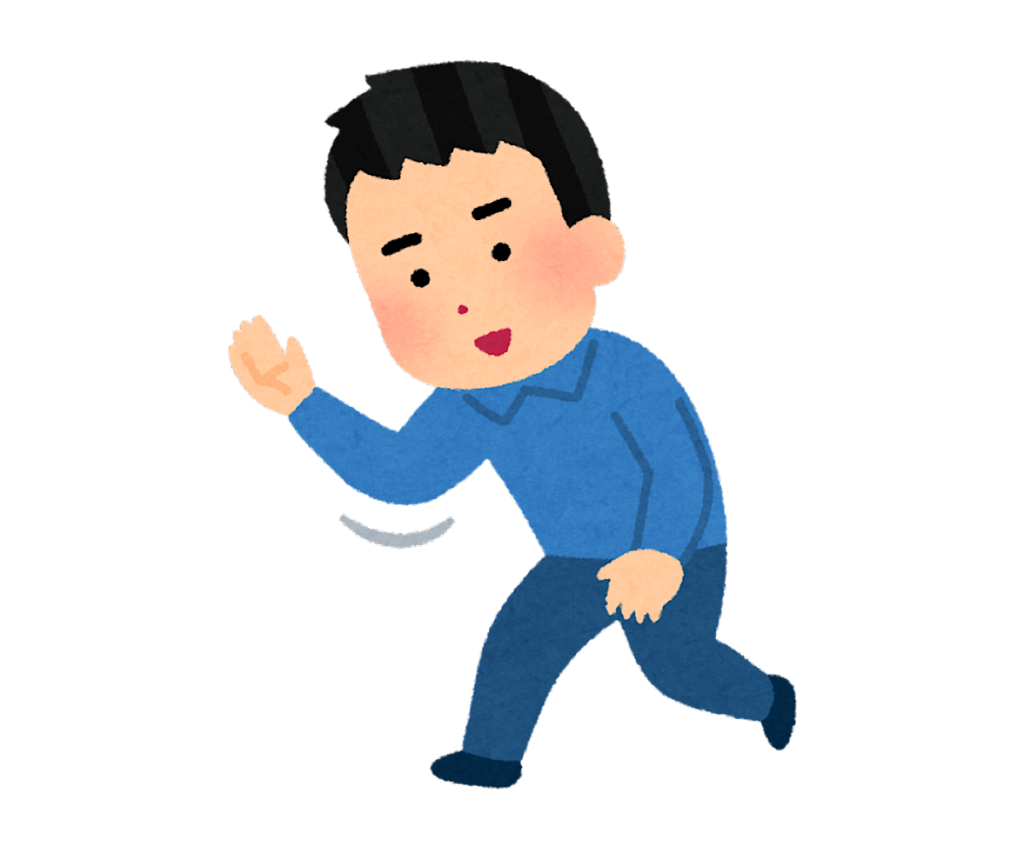
When you want someone to let you through the crowded places, such as in a jam packed train, stations and shopping malls, you would rather use it than to say directly, “ let me through.“ The funny thing is, as soon as you only say “sumimasen” when you’re in the crowd, you can find the way you’re going to go. As a native Japanese speaker, I can understand what you intend to do, so you don’t have to say the rest of the phrase.
2. Asking for Directions
When you ask someone for directions or something, you use it first, and people will stop to help you immediately. I think it’s similar to “excuse me.”
3. Asking Someone For a Favor
Let’s say, when you ask your colleagues to help carry heavy boxes, this is the time to use it.
“Sumimasen, chotto tetsudatte kudasai.”
(すみません、ちょっと手伝って下さい)
*”chotto”(ちょっと) : a little
*”tetsufatte kudasai”(手伝って下さい): do me a favor
It sounds very kind and soft for Japanese people compared to only saying, “tetsudatte kudasai” without “sumimasen.”
4. Showing Appreciation
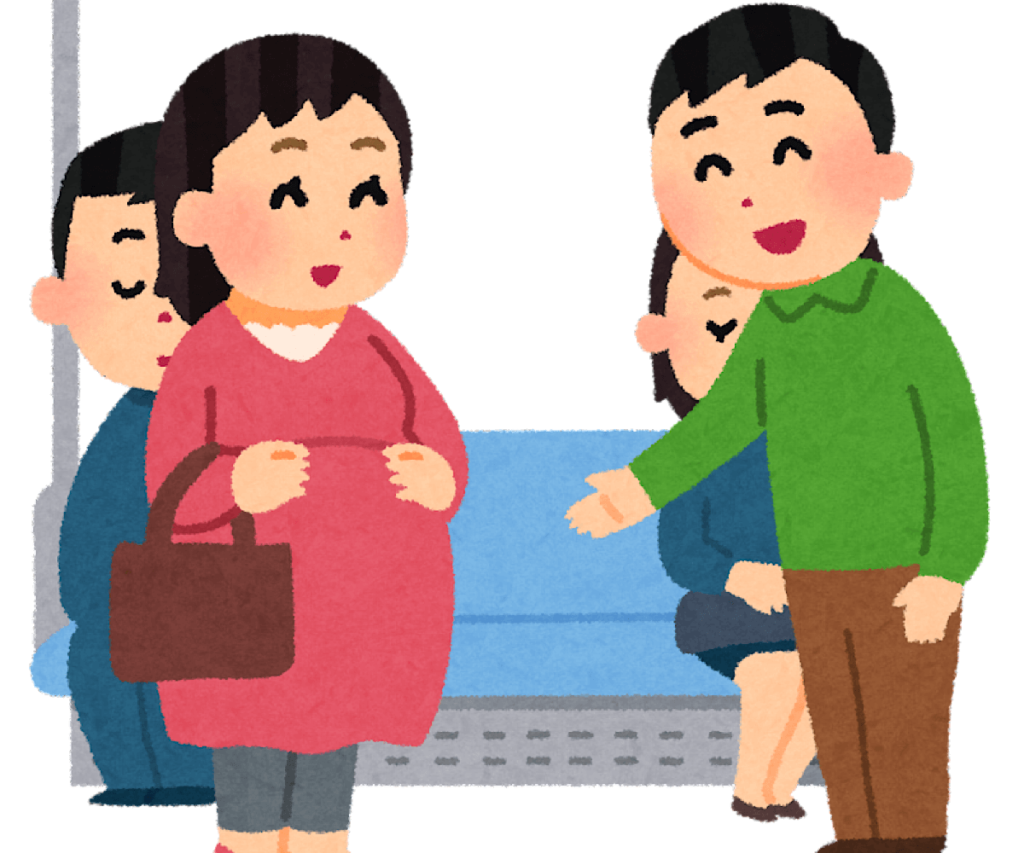
You might have an experience that someone says to you, “sumimasen” when you give up your seat for someone in Japan. This is because they appreciate your kindness. It doesn’t mean they are sorry for you. I think Japanese people usually say, “sumimasen, arigato gozaimasu” or simply say, ”sumimasen.” Especially, in the Kansai region, you might be given a candy drop by an unknown elder lady all of a sudden.
If you’re there, it’s time to say it.
5. At Restaurants

Except for fancy restaurants, you can say it raising your hand when you order your meal or ask some help from a server. ”Sumimasen” helps get their attention at busy restaurants.
6. Shopping
When you go shopping and want try on some clothes, you can use it. Then it’s going to be a kind of sales person who helps you.
7. Emergency
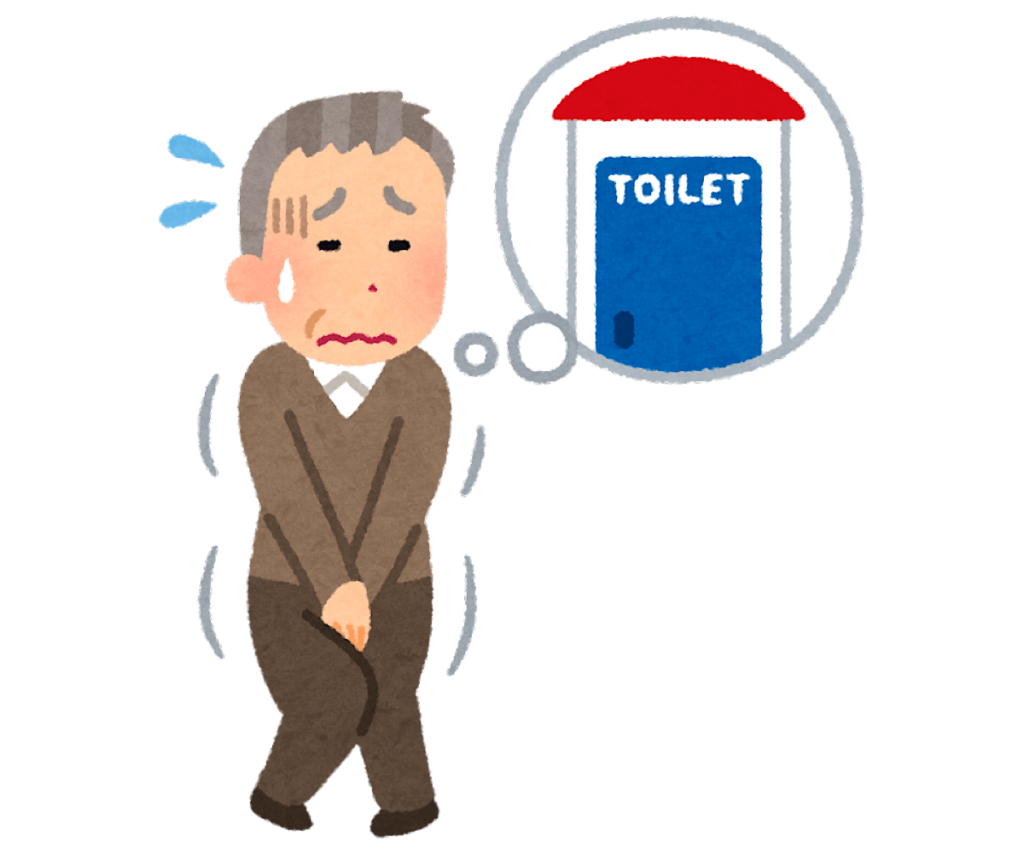
When you need to confirm if someone is in the toilet, you can use it. Also, you can use it when you visit a stranger’s house and need to check if someone is there.
8. Paying Attention to Someone

If you’re an event organizer, when you need to calm down the crowd, you can use it. People there would know that something is starting.
9. Interruption
When you talk with a group and want to cut in line in the conversation, you can use it. It can let you make your point. However, it is considered a bit rude to interrupt when other people are talking. So you might not use it a lot.
10. Apologizing
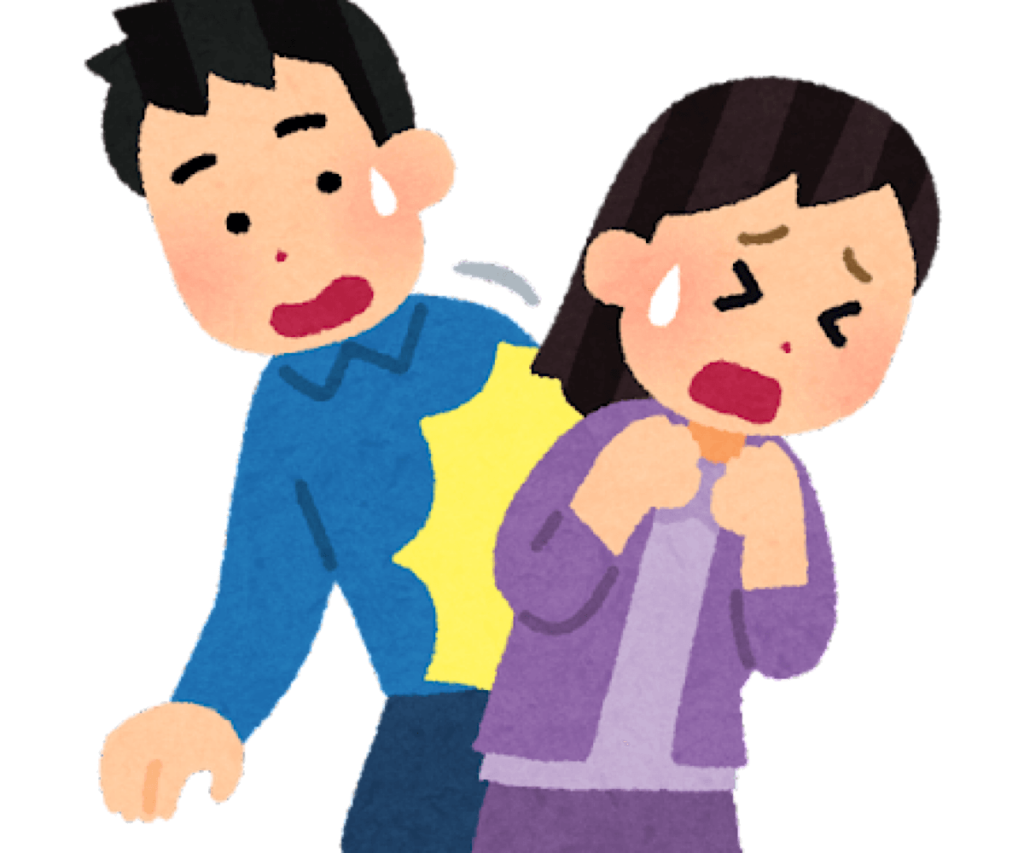
I don’t use it in a serious case. I usually say it when I bump into someone. It makes you look polite. However, I don’t use it to close friends or family because it seems like there’s a distance. I say, “gomen” instead.
That’s all for today. How was that? Japanese people often use “sumimasen“ every day. When you visit Japan, you can hear someone talking and count how many times they say it. I hope this article helps you to understand how to use it. Thank you for taking the time to read my article to the end. See you next article soon!
I worked at a trading company for many years. I live in Tokyo with my wife. Love skiing, traveling, IPAs, wine , X-treme sports, fashion, and learning English and Chinese.

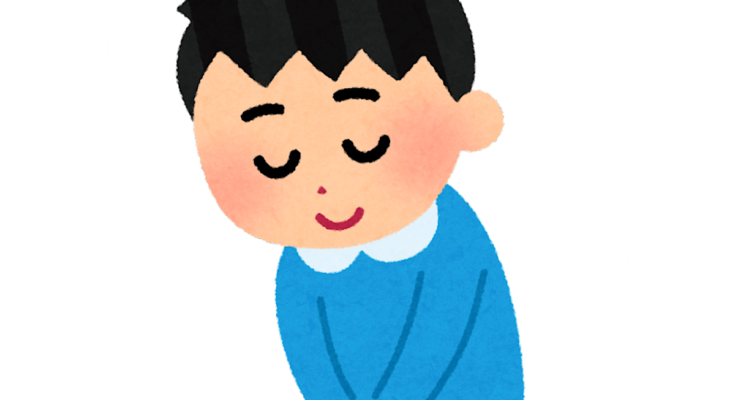


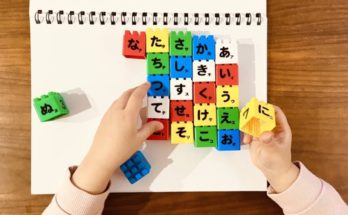
 HTJ has a YouTube page! Check it out
HTJ has a YouTube page! Check it out
Great😃✨😃 I really enjoyed to read your artist for the first time. I’ll read other articles.
Thanks for your great articles!
Hi Milky, thanks for your kind comment! I’m glad to hear that you enjoyed reading my article.
This is really great content. I’m glad I stumbled upon your website Keep doing your best! Thank you for the article. 🙂
Hi Madison, thanks for your comment. I’m happy to hear I could help you.